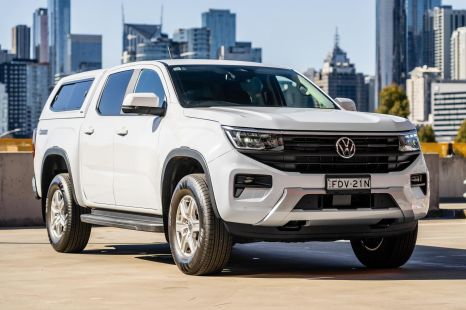

Max Davies
5 Days Ago

Contributor
US electric vehicle (EV) startup Rivian has raised its production goal for the second time this year as the company starts to reel back its financial losses.
The Californian-based company now aims to produce 54,000 vehicles by the end of 2023, which is up from the previous goal of 52,000 vehicles.
Rivian produced a total of 16,304 vehicles during the third quarter of 2023, which is a new record and an increase of 121 per cent when compared to the same period last year.
The company also made a record-breaking 15,564 deliveries during the third quarter of 2023, which is an increase of 136 per cent when compared to the same period last year.
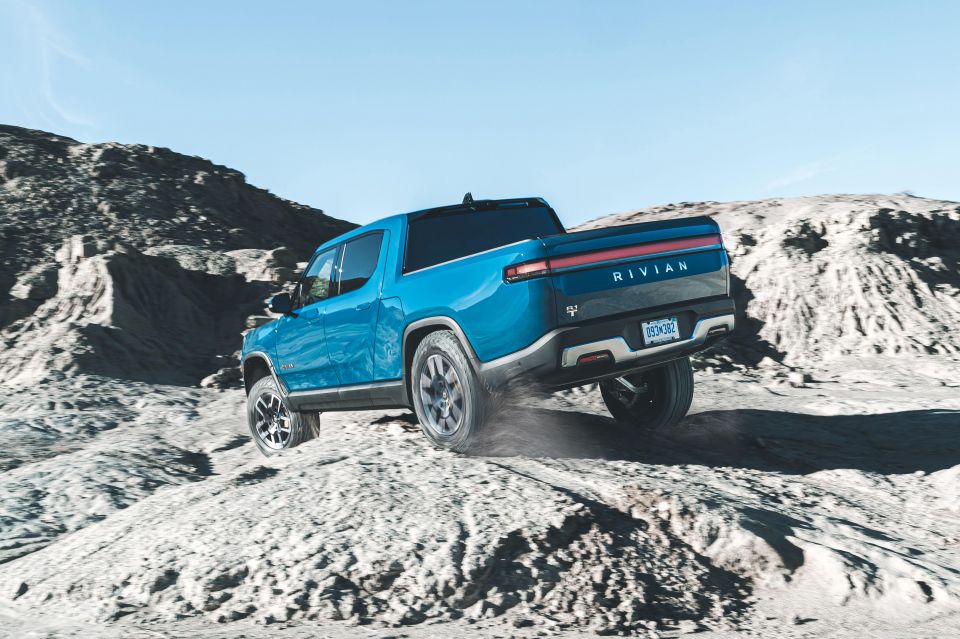
Despite these record-breaking production and delivery figures, Rivian still hasn’t achieved a positive gross profit and is losing money on each vehicle it produces.
Rivian generated a negative gross profit of US$477 million (~A$745 million) for the third quarter of 2023, which is down almost 48 per cent from the same period last year.
This means Rivian lost around US$29,250 (~A$45,650) on each vehicle it produced during the third quarter of 2023.
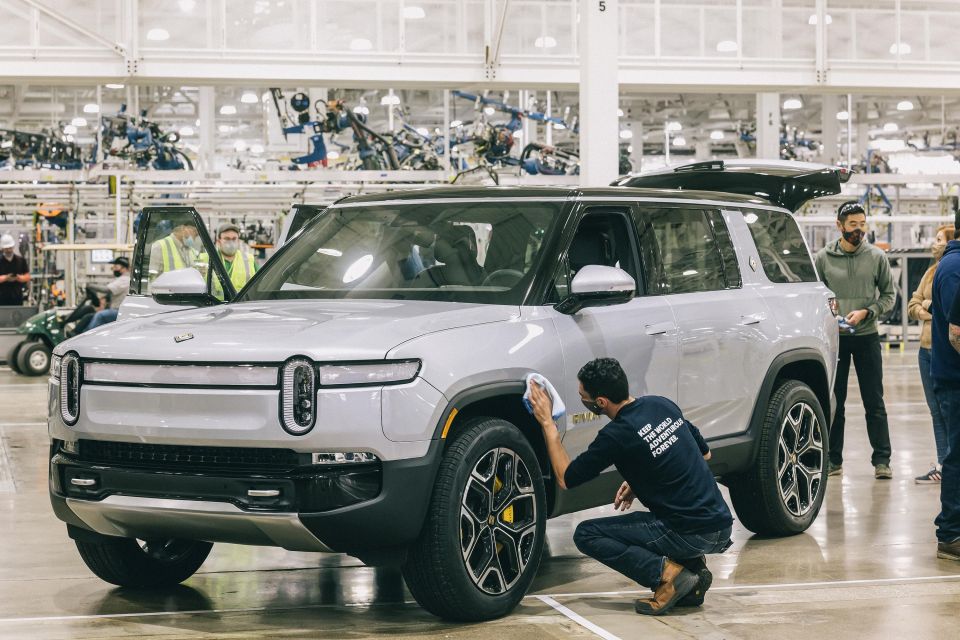
For context, in the second quarter of 2023 the company was losing around US$33,000 (~A$51,500) on each vehicle it produced.
As a whole, Rivian’s net loss reach US$1.36 billion (~A$2.12 billion) in the third quarter of 2023, which is up from the US$1.12 billion (~A$1.75 billion) experienced in the last quarter.
At the end of the third quarter of this year the company had US$9.13 billion (~A$14.26 billion) in cash, equivalents and short-term investments, which is incrementally down from the US$9.26 billion (~A$14.46 billion) it had at the end of the last quarter.
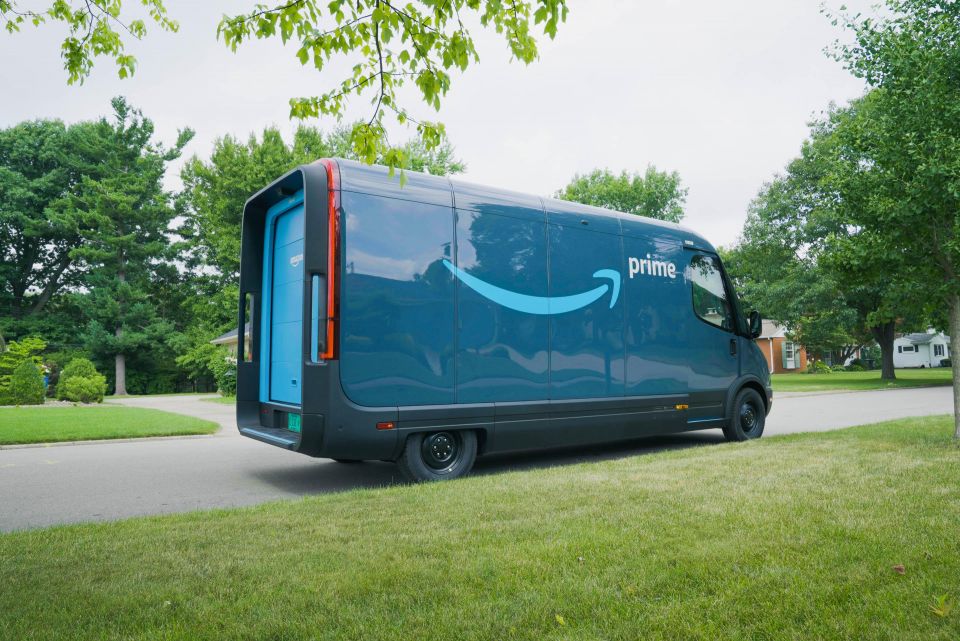
During the third quarter, Rivian began production of its R1T and R1S Max pack vehicles which have an EPA-estimated range of up to 660km.
The company has also announced it’s allowing any company to order its Electric Delivery Van (EDV) which was previously exclusive to Amazon.
The two companies still “remain focused” on fulfilling the 100,000-unit order for the American e-commerce giant by 2030.
Take advantage of Australia's BIGGEST new car website to find a great deal on a Rivian.
Jack Quick is an automotive journalist based in Melbourne. Jack studied journalism and photography at Deakin University in Burwood, and previously represented the university in dance nationally. In his spare time, he loves to pump Charli XCX and play a bit of Grand Theft Auto. He’s also the proud owner of a blue, manual 2020 Suzuki Jimny.


Max Davies
5 Days Ago
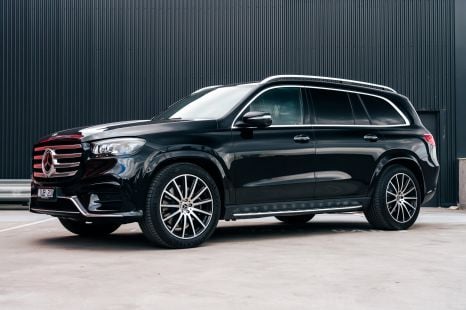

James Wong
4 Days Ago


Matt Campbell
3 Days Ago
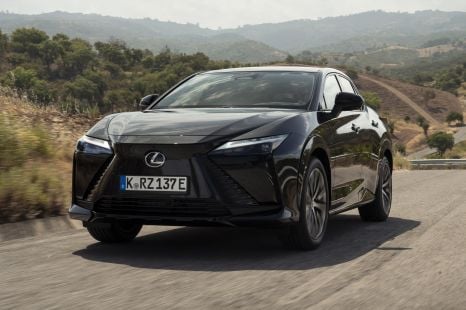

Matt Robinson
2 Days Ago
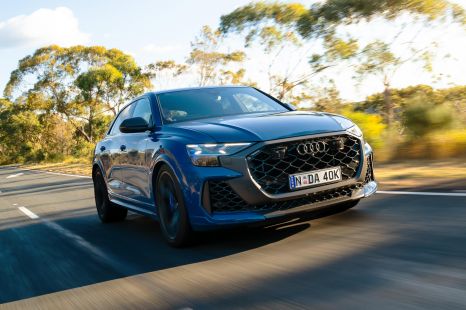

James Wong
12 Hours Ago
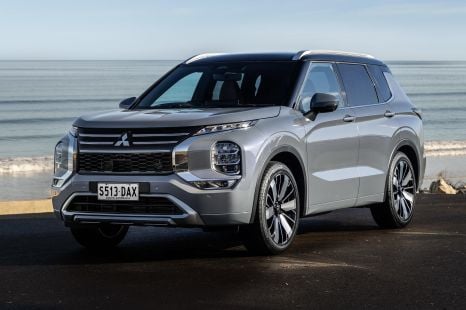

Max Davies
11 Hours Ago